What the EU Smartphone Product Passport Means for Your Repair Shop
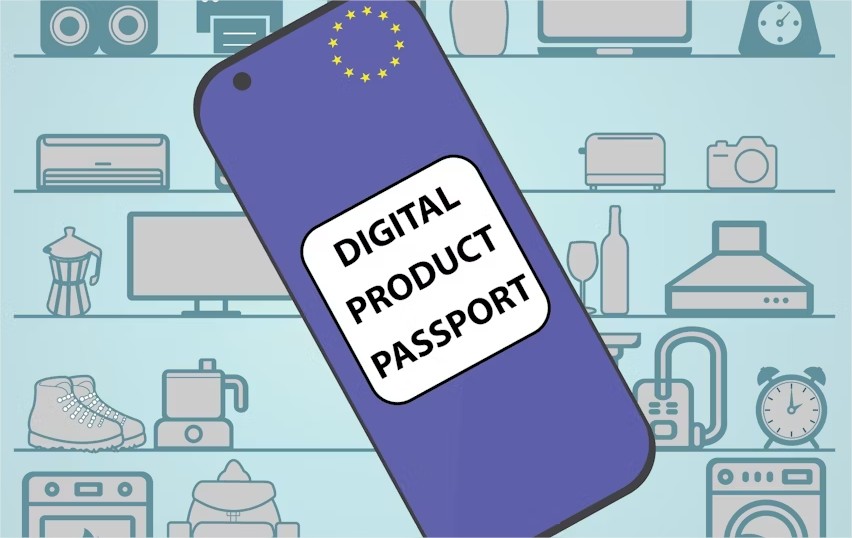
The European Union has taken a major step toward sustainability and transparency in the tech world. Starting in 2025, the Product Passport will be mandatory for smartphones (and other electronic devices). But what exactly does this mean for you as a smartphone repair professional? In this blog, we break it down — clearly, practically, and focused on how you can make the most of this new tool in your repair shop.
🔍 What Is the Product Passport?
The Product Passport is a digital document that contains detailed information about a specific product. For smartphones, this means that every device must be accompanied by a passport that includes:
-
Parts information: type, materials, and origin of components
-
Repairability: instructions, difficulty level, required tools
-
Software information: version history, security updates, reset options
-
Environmental impact: CO₂ footprint, recyclability, use of critical raw materials
-
Lifespan and maintenance: average device longevity and proper care tips
This passport will be digitally accessible via a QR code on the packaging, the device itself, or through an online platform (typically provided by the manufacturer).
🛠️ How can you use the product passport in your work?
The passport is primarily designed for consumers, but it also offers huge advantages for you as a repair technician. Here’s how to use it smartly:
1. Faster and more efficient repairs
No more hunting for manuals or guessing at unfamiliar components. The passport gives you instant access to:
-
Required screwdrivers and tools
-
How difficult it is to replace the screen or battery
-
Whether parts are modular or glued in
➡️ This saves you and your team valuable time.
2. Improved customer guidance
If a customer wants to know whether a repair is worth it, you can now provide fact-based advice:
-
The expected lifespan of the device
-
Whether it will continue to receive software updates
-
The environmental cost of replacing it
➡️ This boosts your role as an expert and a sustainable option.
3. Reliable part replacement
The passport indicates whether a part is original, compatible, or generic — and where to source it responsibly.
➡️ This avoids misunderstandings and quality issues.
4. Transparency & trust
Use the passport to show customers that you work to professional standards and handle their devices with the right knowledge.
➡️ This builds trust and increases customer satisfaction.
🧩 What do you need to be ready?
✅ Access to the platform or QR scanner
Most passports will be available through a central EU database or the manufacturer's site.
✅ Staff training
Make sure your team knows where to find the right information and how to apply it in repairs.
✅ Update your intake process
Include a product passport check in your standard intake — just like you already check the IMEI number.
💡 Conclusion: A big opportunity for the repair industry
The mandatory product passport is not a threat — it’s a golden opportunity for repair professionals. It gives you more knowledge, more efficiency, and strengthens your position with both customers and manufacturers. By integrating it smartly into your workflow, you’ll show you’re ready for the future of sustainable tech.
Below is an example of what a passport could look like (fictional example):
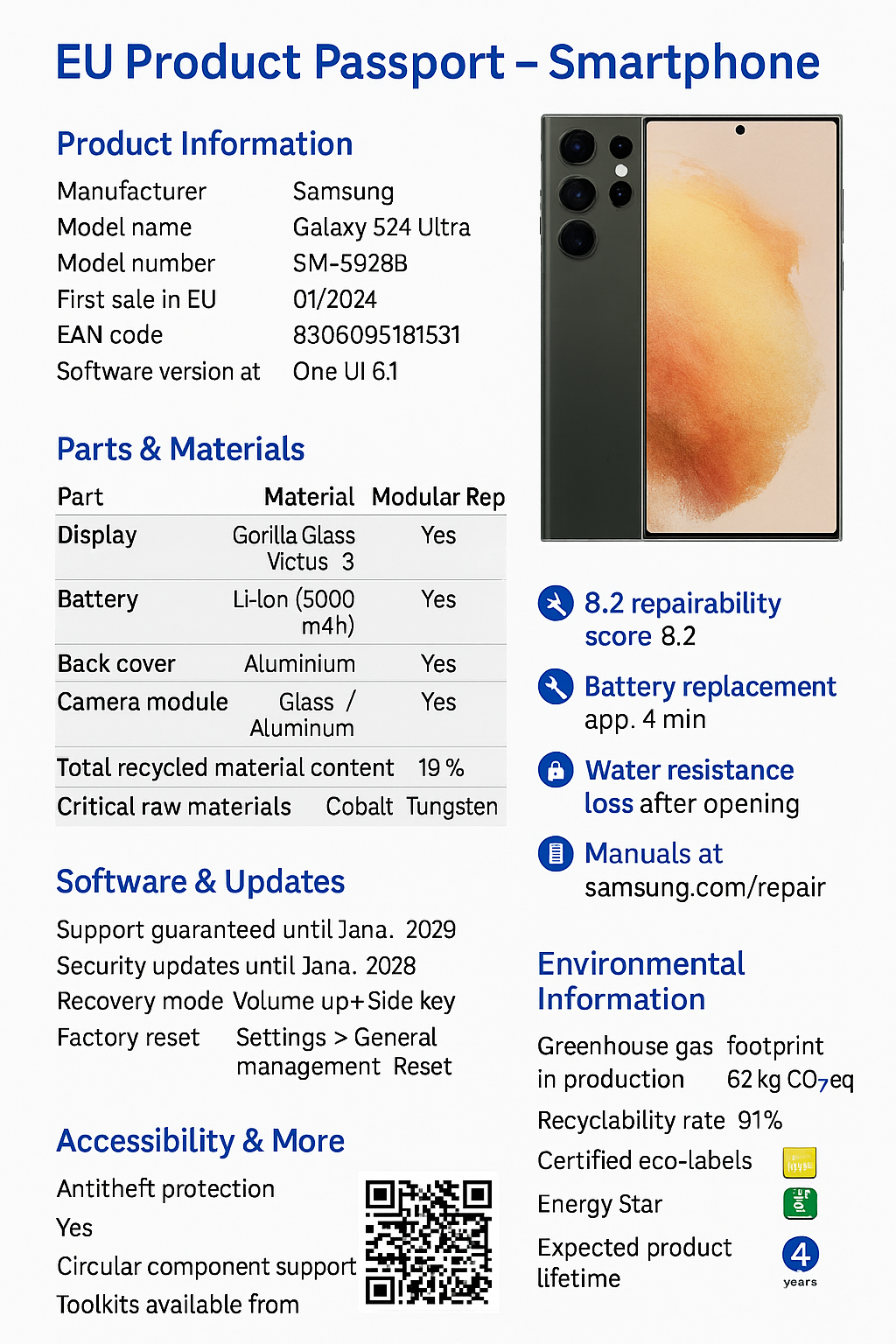
Related articles
-
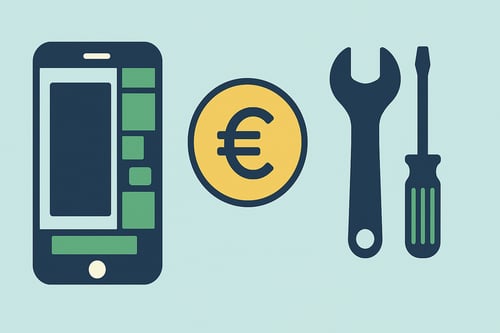 Parts Shop owner info Future insights Circularity/sustainability
Parts Shop owner info Future insights Circularity/sustainabilityHow the Right to Repair and Ecodesign regulations could affect the prices of spare parts.
Discover how new EU rules on Right to Repair and Ecodesign will impact spare parts pricing and repairability scores, making repairs easier and more affordable for technicians.
Read more -
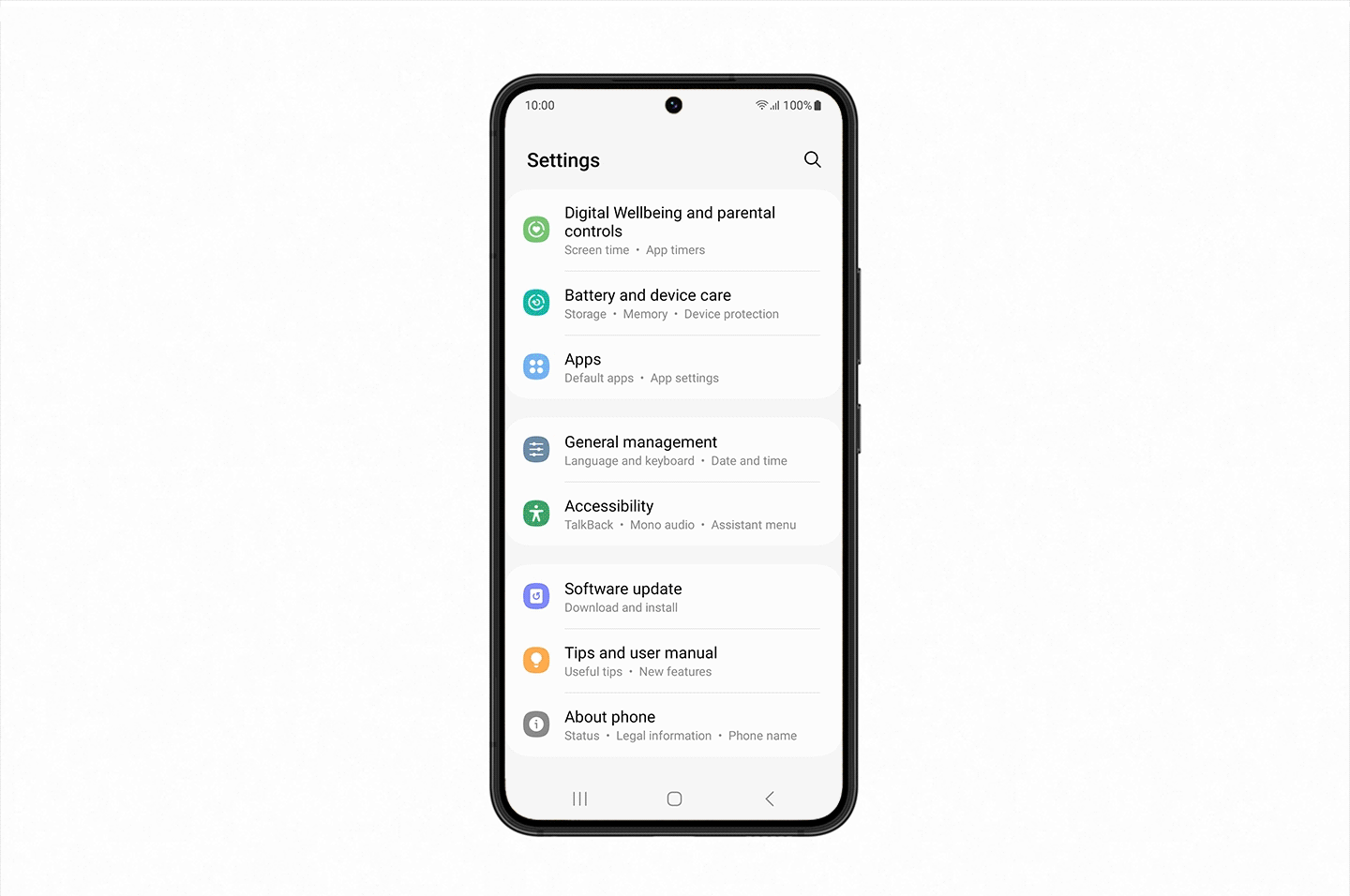 Shop owner info Technical info
Shop owner info Technical infoReassure your customers with Samsung’s Maintenance Mode!
Safeguard your clients' data during repairs with Samsung's Maintenance Mode. Learn how to activate and deactivate this feature to protect their personal information. Your customers will appreciate it!
Read more -
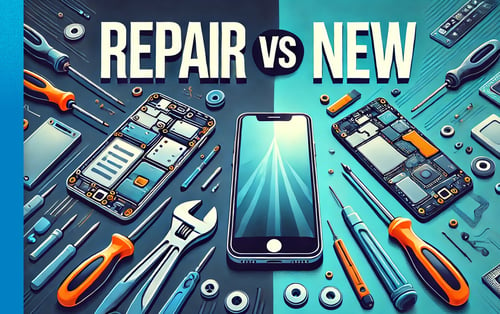 Future insights Market insights Circularity/sustainability
Future insights Market insights Circularity/sustainabilityWhy consumers opt for a new device, despite preference for repair
The recent Swappie survey (June 2024, among 1,000 Dutch consumers) reveals an important contradiction: although 80% of consumers are open to having their faulty smartphone repaired, 60% still end up...
Read more

